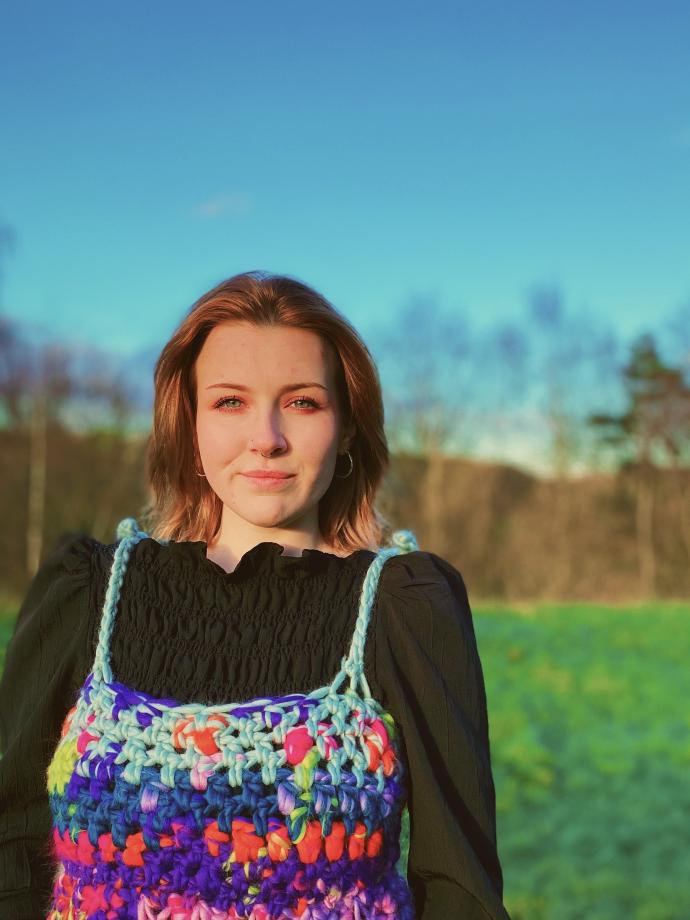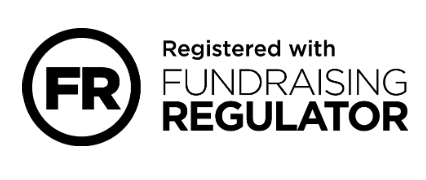This is Caitlin's story.
My journey with endometriosis began two days before my twelfth birthday when, sat at the back of English class, I first felt the pain that I would subsequently become so familiar with. As the months went on, with a period that arrived like clockwork, the bleeding became heavier and heavier, and my reliance on painkillers to sit through lessons when I was on my period became apparent to my friends. "Oh, I don’t have to take painkillers after my second day," they would tell me, or "No, mine tend to stop after 3 or 4 days."
By age fourteen, I had realised there was something different about my periods. I went to my GP, believing that I would be taken seriously. Instead, I was told, in no uncertain terms, that my pain was normal, that because I was relatively new to menstruation, it was likely my body ‘settling in’ to womanhood, and that the pain would fade in time. I wouldn’t hear the word endometriosis for another four years.
In the following years, my school absences became more and more regular, causing my grades to slip significantly. I couldn’t cope with the pain, the nausea, the crushing fatigue that never went away. I returned to the GP multiple times and I would leave each appointment deflated and convinced that I was somehow weaker than my friends, because for whatever reason, I could not withstand this 'normal' pain that every woman in my life seemed to be taking in her stride.
From my first doctors visit at 14, to being diagnosed with a laparoscopy at 23, my diagnosis journey took 9 years. It has felt at times like I was chasing my tail and met with closed doors repeatedly.
My eureka moment came late at night, kept awake by agonising cramps, when I was desperately googling anything I could think of to find answers. ‘Why does my period make me feel like I’m dying?’ and ‘Is it normal for your period to last for two weeks?’ and ‘Why can’t I walk when I’m on my period?’. It was then that the Endometriosis UK website popped up and it felt like I’d been hit with a baseball bat. The more I read, the surer I became that this mystery disease, that I had to watch a YouTube video to learn how to pronounce, was what I was experiencing. Every symptom matched up with my own, other women’s stories could have been my own words.
Endometriosis UK gave me the language, the resources, and the guidance I needed to advocate for myself, and the more I researched, the more confident I felt in pushing for treatment. I read the NICE guidelines meticulously, which gave me a clear course of action after years of feeling lost and completely alone. I pushed for a laparoscopy and eventually, after nine years of fighting for answers, I was officially diagnosed with endometriosis. I now know that I have lesions on my round ligaments, my uterosacral ligament, my bladder, and the front and back wall of my pelvis. The diagnosis confirmed what I had already guessed, and in truth, it didn’t change much. But it should not be a privilege, nor a luxury, to know what is going on in your own body and look for answers to your pain.


